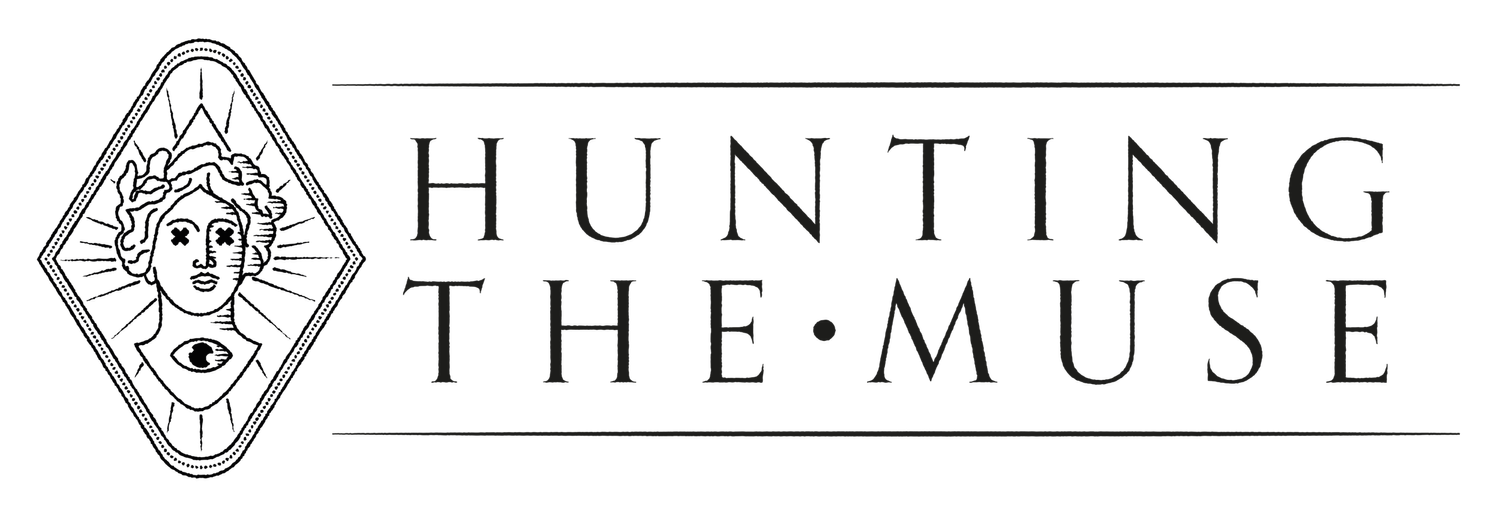Neil Gaiman’s writing routine (and why writers need boredom)
At 1pm every day, Neil Gaiman grabs a cup of tea, walks to the cabin in his back garden, and starts writing.
In that cabin he shapes some of the most famous works of fiction in the world, such as Good Omens, American Gods, and The Graveyard Book.
How does he commit to non-stop focus, even on days he doesn’t feel like writing?
Boredom.
There isn’t much inside Gaiman’s shed:
No phone signal. No tech.
A few books and a desk.
And of course, an open notebook and his favourite fountain pens.
This is the place where he sits down and gives himself permission:
“You don’t have to write. You have permission to not write, but you don’t have permission to do anything else.”
He then writes (or doesn’t write) for hours.
He traps himself in a specific place, with specific conditions, that heightens his access to the muse.
It's here that he scrawls out first drafts of his next book - full of notes, half-baked ideas, and scrappy drawings.
Neil Gaiman’s notes. Good luck reading them.
The ink on these pages would eventually become best sellers.
But by giving himself permission to be bored, and nothing else, could he get lost in these worlds.
“Writing is actually more interesting than doing nothing after a while,” he says. “You sit there and you’ve been staring out the window now for five minutes, and it kind of loses its charm.”
So with Neil's strategy in mind, what can writers implement?
How to write like Neil Gaiman
1. Chase boredom
Ask yourself: when was the last time you were truly bored? Like… crazy, crawling up the walls bored. Not lemme-pacify-with-my-phone bored. Remove all distractions when you write, and enjoy the process of writing… or not writing.
2. Set a time and location
Where is the one location where you write best? It could be in the silence of a spare bedroom or a bustling café. Wherever it is, set up a weekly, or daily writing date with yourself - whatever works with your schedule. When you know you’re there to do the work, something triggers in your mind. It’s the boost you need to start focused.
3. Write longhand, edit on a computer
Gaiman once described that if he’s working on a novel, he’ll start around 1pm and stop around 6pm. But the work is always drafted longhand, with pen and ink. This technique allows you to get the words out, without the temptation to edit as you write. Then, as you copy the longhand words into your computer, you can start editing.
4. Track your progress with your pens
Every time Neil writes, he uses a different coloured pen. This allows him to see the progress made during each writing session. With processes like this, you can track the factors that lead to bursts of productivity and your best writing.
Create space and fill the canvas
Above all, creativity needs space.
When we create space, it opens an empty canvas in our mind.
And we can fill that canvas with ideas that have been waiting to spill out of us all this time.



